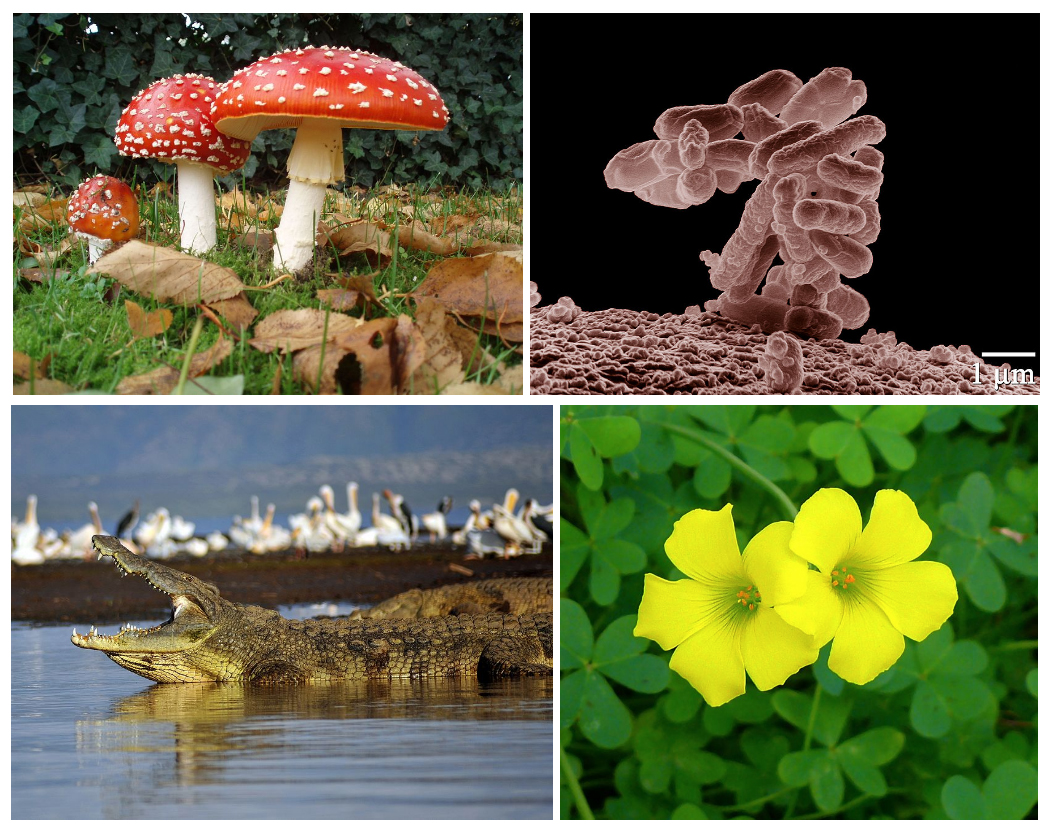Introduction to Python for Biologists.
- Why Python for Biology?
- Biological Data Types and Python
- Sequence Analysis - Part 1
- Sequence Analysis - Part 2
- Image Analysis - Part 1
- Image Analysis - Part 2
- Database Management and Python
- Statistical Analysis in Python
- Bioinformatics and Python
- Data Visualization in Python
- Machine Learning for Biology with Python
- Project Planning and Design
- Implementing a Biological Project with Python
Image Analysis - Part 2
Troubleshooting Image Analysis Challenges in Biological Research

Scientific study of living things, especially their structure, function, growth, evolution, and distribution.
Image analysis is a powerful tool in biological research, particularly in fields such as histology, pathology, and cell biology. However, it is not without its challenges. This article will discuss some of the common challenges encountered during image analysis in biological research, strategies for troubleshooting these challenges using Python, and best practices for ensuring the accuracy and reliability of image analysis results.
Common Challenges in Image Analysis
1. Image Quality
Poor image quality is a common challenge in image analysis. This can be due to factors such as low resolution, poor contrast, or noise in the image. These issues can make it difficult to accurately identify and analyze the features of interest in the image.
2. Complexity of Biological Images
Biological images can be complex and heterogeneous, with many different features of interest. This can make it challenging to accurately segment the image and extract the relevant features.
3. Variability in Biological Images
There can be a high degree of variability between different biological images, even of the same type of tissue or cell. This can make it difficult to develop a one-size-fits-all approach to image analysis.
Troubleshooting Strategies Using Python
Python offers a number of tools and techniques that can be used to troubleshoot these challenges.
1. Improving Image Quality
Python libraries such as OpenCV and scikit-image offer a range of functions for improving image quality. These include functions for increasing contrast, reducing noise, and enhancing resolution.
2. Handling Complexity
Python also offers tools for handling the complexity of biological images. For example, machine learning techniques can be used to train models that can accurately segment complex images and extract relevant features.
3. Dealing with Variability
Python's flexibility and versatility make it well-suited to dealing with the variability in biological images. Custom scripts can be written to handle specific types of images, and machine learning models can be trained on a diverse range of images to improve their generalizability.
Best Practices for Image Analysis
To ensure the accuracy and reliability of image analysis results, it is important to follow best practices. These include:
- Always visually inspecting your images before and after analysis.
- Regularly validating your image analysis methods against known standards.
- Using robust statistical methods to analyze your results.
- Documenting your image analysis workflow to ensure reproducibility.
In conclusion, while image analysis in biological research can be challenging, Python offers a range of powerful tools for troubleshooting these challenges. By following best practices, researchers can ensure the accuracy and reliability of their image analysis results.